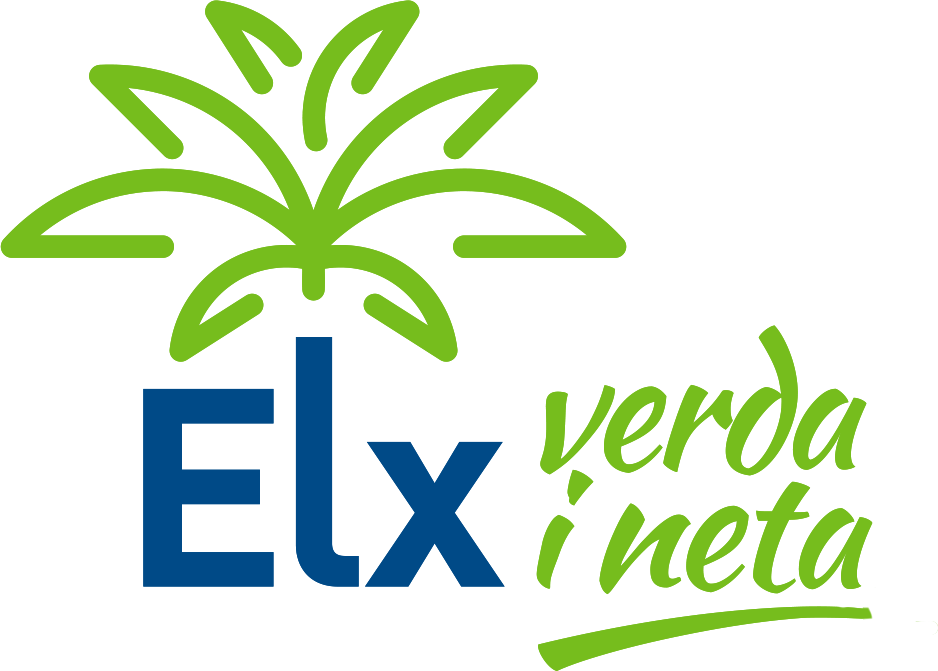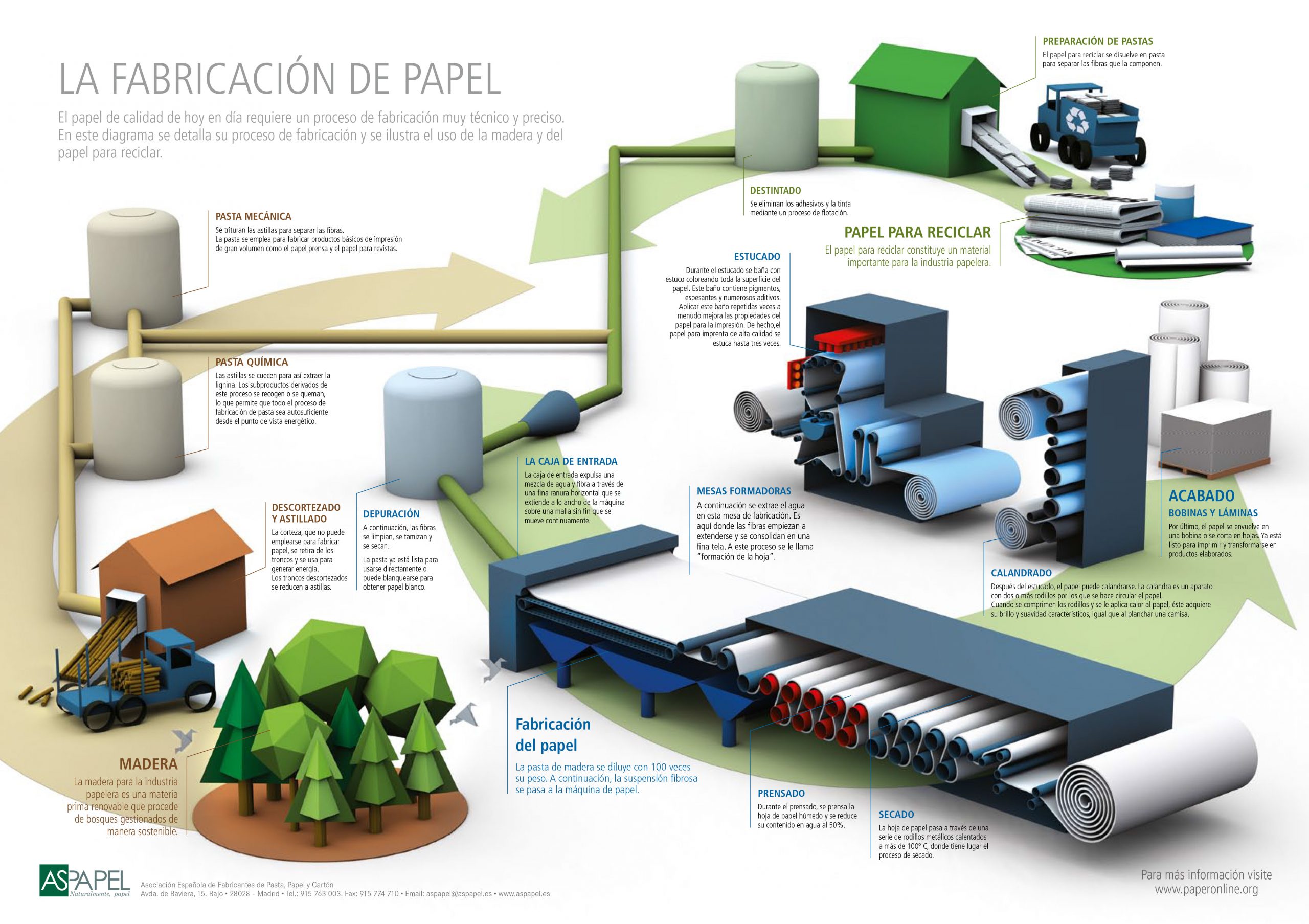Blue paper and cardboard containers
In Elche there are many containers for the selective collection of paper and cardboard where citizens can deposit this type of waste for subsequent recycling.
What is done with the paper and cardboard collected in the blue containers?
The collected paper and cardboard is transferred by the Elx Verda i Neta team to the Vallongas plant, where it is responsible for its reception, verification, control and subsequent shipment to the bin for the manufacture of various products with this recycled material.
Manufacturing Process
Basically for the manufacturing process of new products there is a part of virgin cellulose and another from recycled material. The main phases are the following:
- Classification, preparation and packaging of the recovered material.
- Pulp operation: its objective is to separate the fibers contained in the used paper, without breaking them.
- Elimination of unwanted waste: the paper pulp is filtered through sieves of different sizes to separate plastics, wires, dirt, etc.
- De-inking: the ink is removed using soap and projecting pressurized air. The air and the soap form bubbles that rise to the surface, where powerful vacuum cleaners collect the mixture of inks that the used paper had.
- It is combined with the pulp from virgin cellulose from the wood of trees planted for this purpose.
- Successive washing and thickening: it consists of gradually reducing the amount of water in the paper pulp
- Paper machine: the paper is completely dried and a consistent sheet of paper is obtained.


